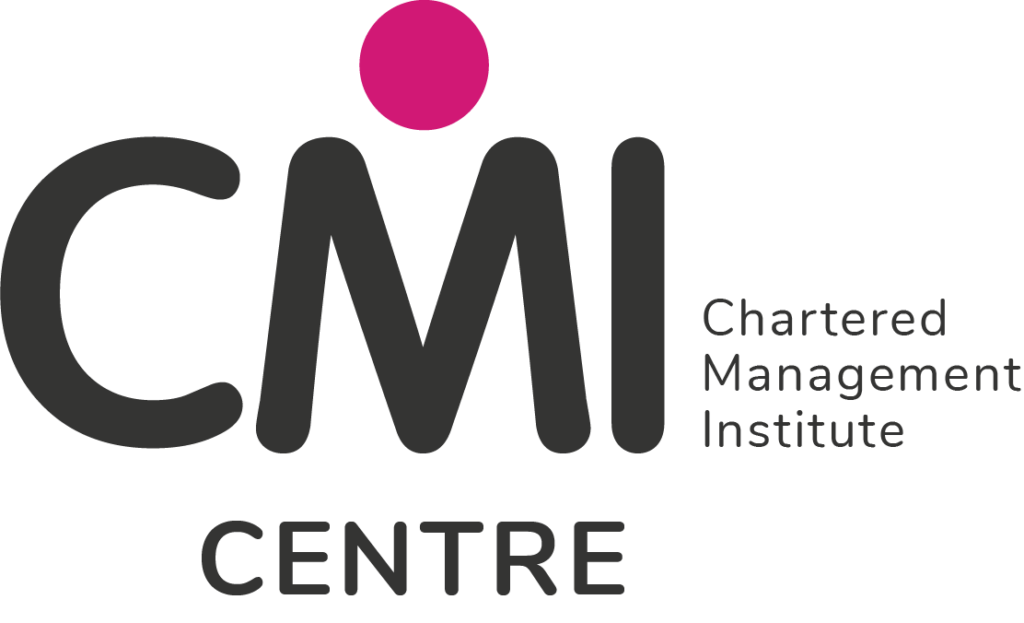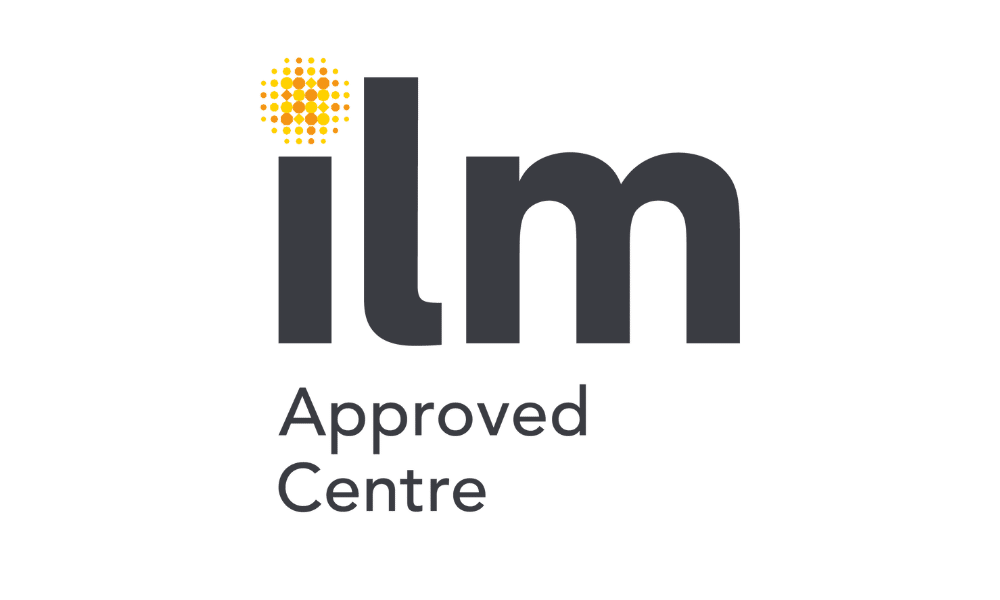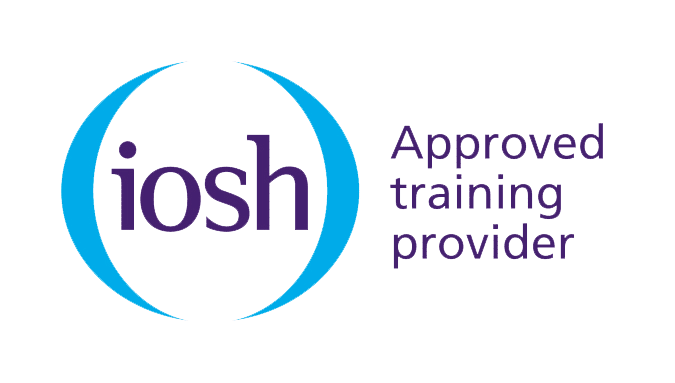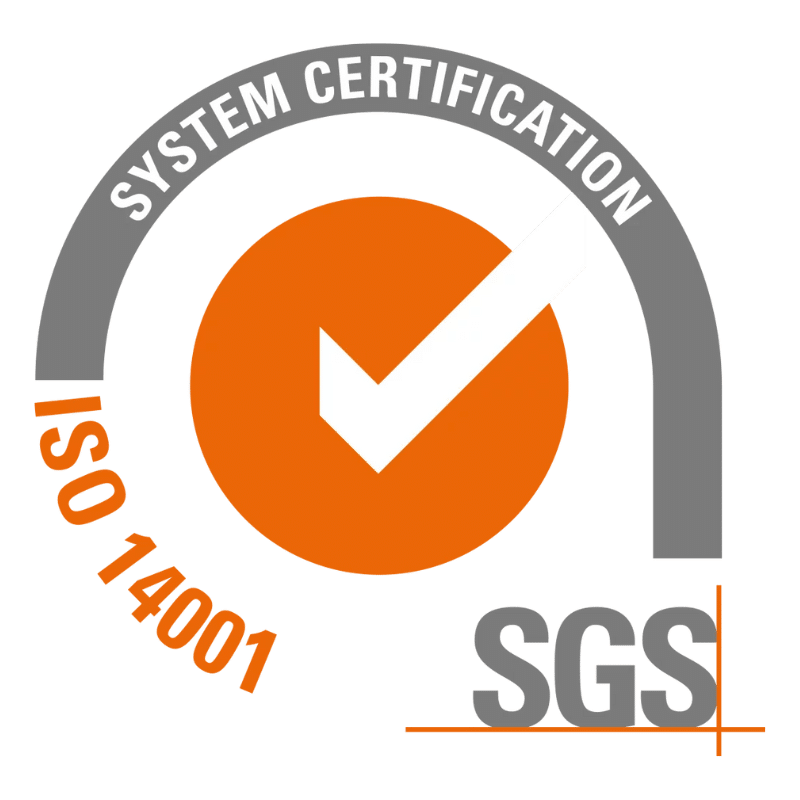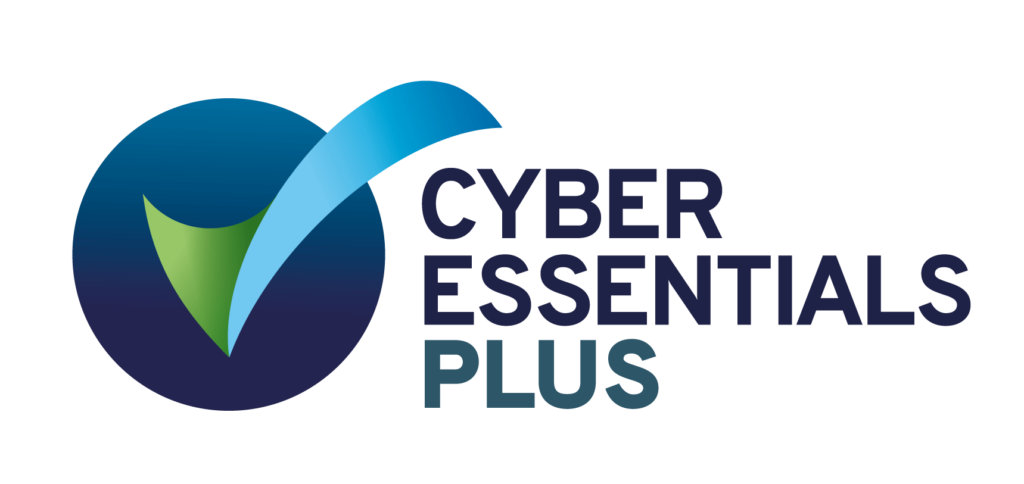The Volatility, Uncertainty, Complexity and Ambiguity of the modern business landscape, commonly referred to as the VUCA environment, makes great demands on the capabilities and behaviours of modern leaders. Without the skills to respond to the challenges of these characteristics, the duty of leading can be an overwhelming task.

While leadership capacity still often means the capability of individuals, these workplace changes and the ‘VUCA environment’ has meant a significant rise in “adaptive challenges” – the kind that often negate the possibility of an individual coming up with the best solution. There is an obvious transition occurring from the old paradigm, in which leadership capacity resided in a person or role, to a new one in which leadership is a collective process that is spread through a network – and networks – of people.
Modern leaders need help to recognise and understand that they do not need to navigate these complexities alone. They need to be outward looking, to develop the ability to ‘zoom out’ on the tasks and details – as they cannot keep on top of all of them – and ‘zoom in’ on individuals in order to get the best out of them. Getting more out of individuals requires identifying strengths, driving development, generating performance and structuring the best fit for their teams.
The need for an outward focus also extends to skills in co-operation and collaboration. Tomorrow’s leaders need to span technical and functional boundaries, producing good work across multiple disciplines and through people of different backgrounds; particularly as the workforce becomes increasingly diverse and the globalised world becomes smaller and smaller.
Helping leaders address the VUCA challenge
Eliesha helps to develop strong leaders by equipping them to deal with these challenges. Our approach to VUCA is to use its counterpoints as a guide to the skills and support that they need. If a problem is complex, leaders can be equipped with the skills and techniques to cut through the ‘noise’ and create clarity; where there is volatility, leaders can learn how to establish a robust, understandable and achievable vision; where there is ambiguity, they can develop the attributes that enable agility and flexibility in their responses; where there is uncertainty, they can acquire the communication, collaboration and team-building behaviours that create understanding, as well as fostering these behaviours in others.
It’s possible to enable leaders to better cope with the new paradigm through context-relevant training interventions, together with the creation of a clear, relevant learner journey and provision of a leader’s ‘toolkit’. In this way, relevant and complimentary learning activities strengthen the attributes and mindsets of Vision, Understanding, Clarity and Agility:-
- Volatility can be countered with clarity of vision, because vision is even more important in turbulent times. Leaders with a clear vision are better able to make informed business decisions to counter the turbulence, whilst keeping the continuity of the organisation’s vision in mind.
- Uncertainty can be countered with understanding. This can be achieved by training leaders to stop, consult, listen, review and make an informed decision or action. To be effective in an uncertain environment, leaders must learn to look and listen beyond their functional areas of expertise in order to get perspective and context.
- Complexity can be countered with clarity, arising from deliberative behaviours and processes that make sense of the chaos.
- Ambiguitycan be defeated with agility. When the ambiguous becomes the obvious, the ability to move quickly in terms of decisions, actions and plans can pay dividends.
The new skills and behaviours that include, for example, foresight, flexibility, self-awareness, adaptability, wider organisational knowledge and collaborative habits, are a far cry from the more function-specific skills that leaders needed to succeed in the past.
In addition, we also think it important to help leaders with an ability to focus and see the wood, as well as the trees. This is an essential quality that anyone in a leadership position must develop, as leaders can’t excel unless they can see things from all points of view through open, two-way communication with their team. Once these ‘seeing’ skills have been developed, e.g. through Action Learning/Challenge sessions, they can be taught the skills that make things happen, get things unstuck, move people and push things forward.
To arrange a consultation around any leadership or management development needs, please get in touch.
